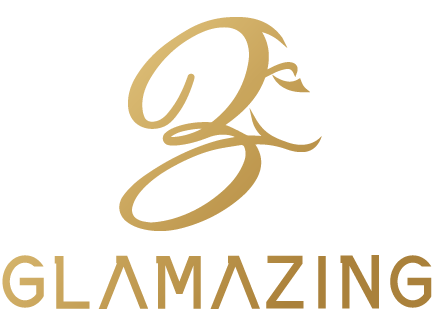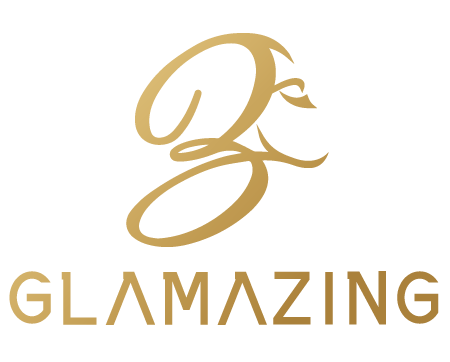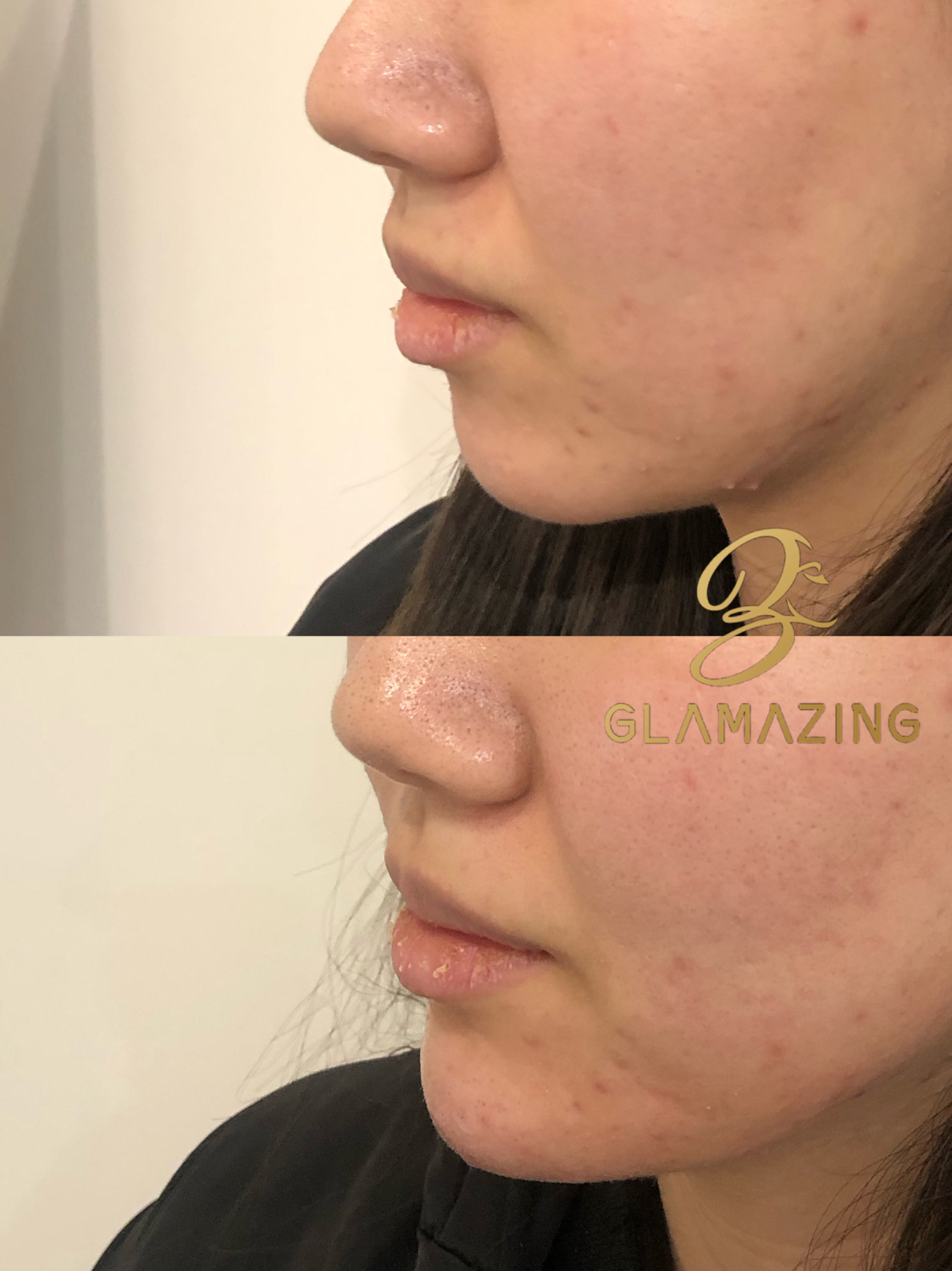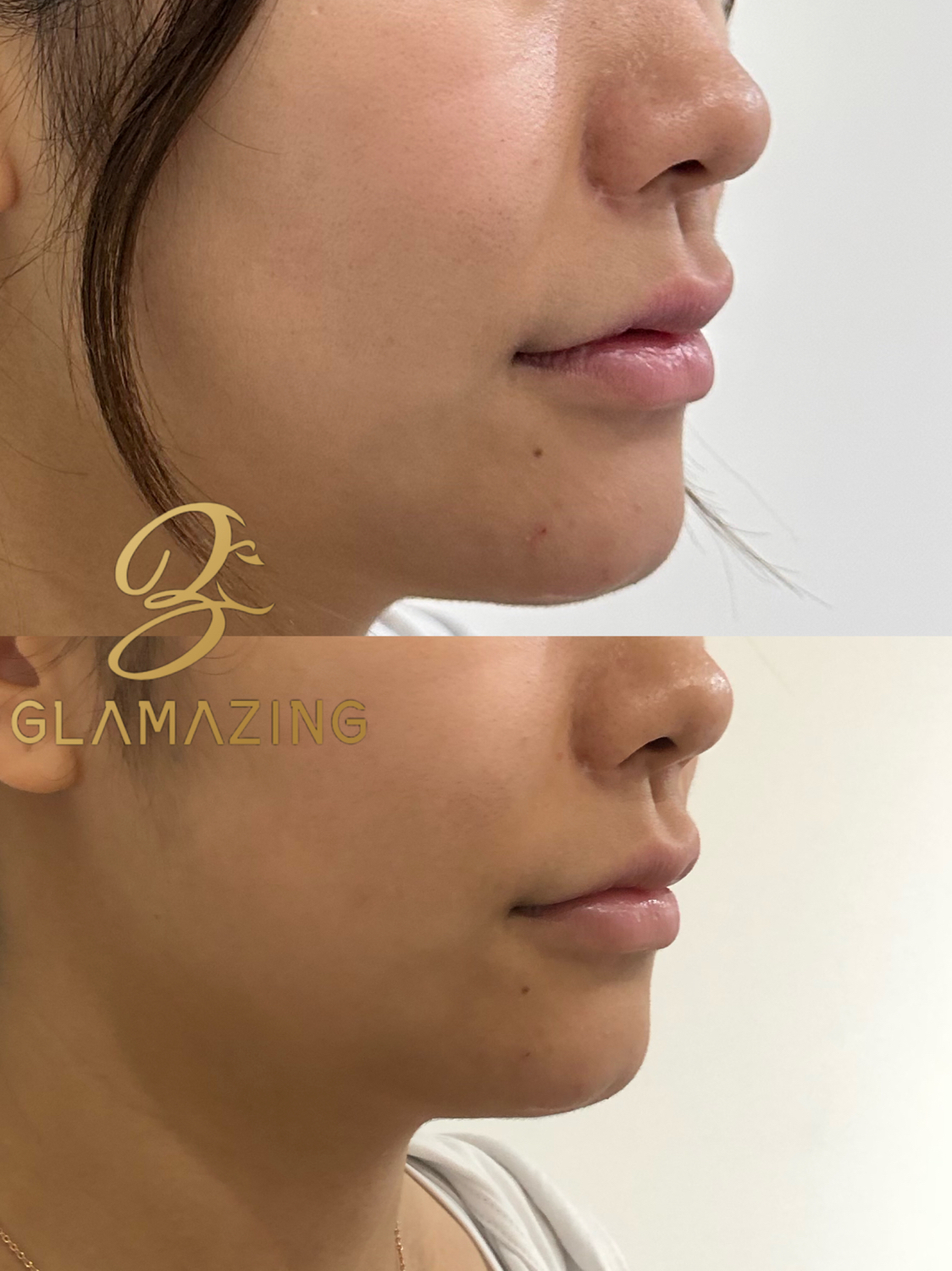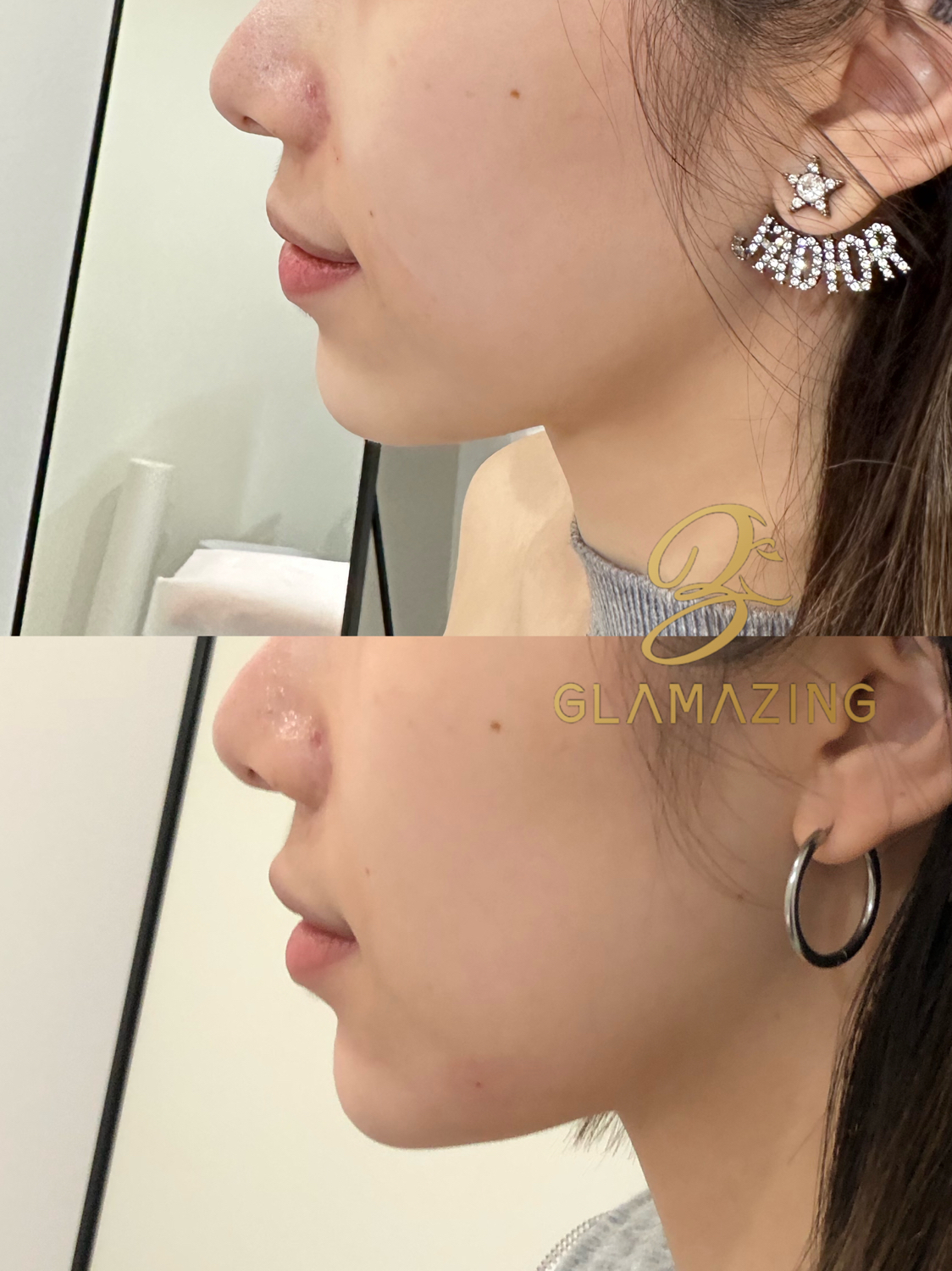PRP Facial
Services and Procedures
Platelet-rich plasma (PRP) is a substance derived from your own blood that contains growth factors and other healing properties. PRP facials involve injecting or applying PRP to the face, which can stimulate collagen production, reduce fine lines and wrinkles, and improve skin texture and tone. The injection process for this treatment takes 30-45 minutes. While the results of the treatment may not be immediately noticeable, patients are advised to follow our doctor’s instructions carefully, as optimal results may take several weeks to appear.
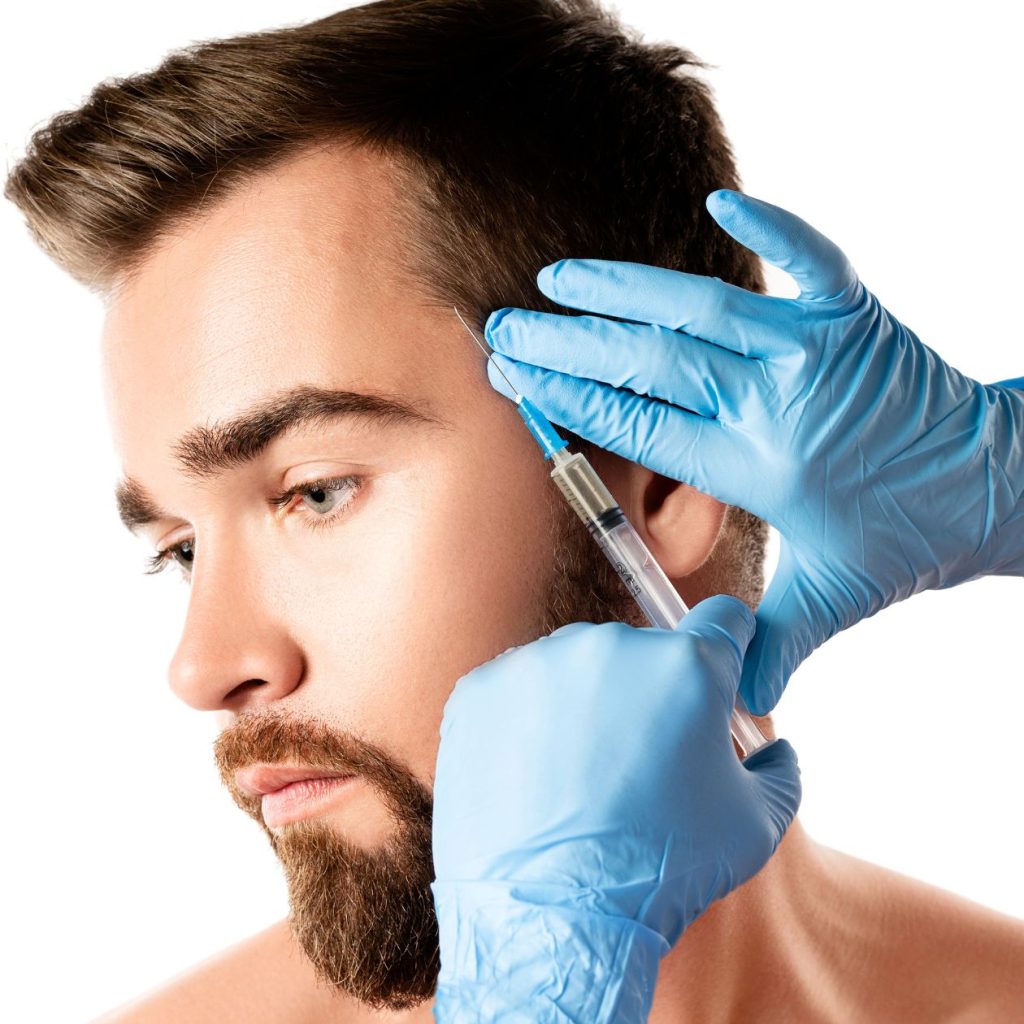
Safety
PRP (Platelet-Rich Plasma) treatment is generally considered a safe and low-risk procedure. Since the patient’s own blood is used, the risk of an allergic reaction is low, and the potential for disease transmission is virtually eliminated. Additionally, because PRP treatment is non-invasive, there is no risk of scarring or other long-term side effects.
However, like all medical procedures, there are some potential risks and complications associated with PRP treatment. These may include infection, bleeding, and nerve damage, though these risks are rare and can usually be minimized by working with our qualified and experienced practitioner.
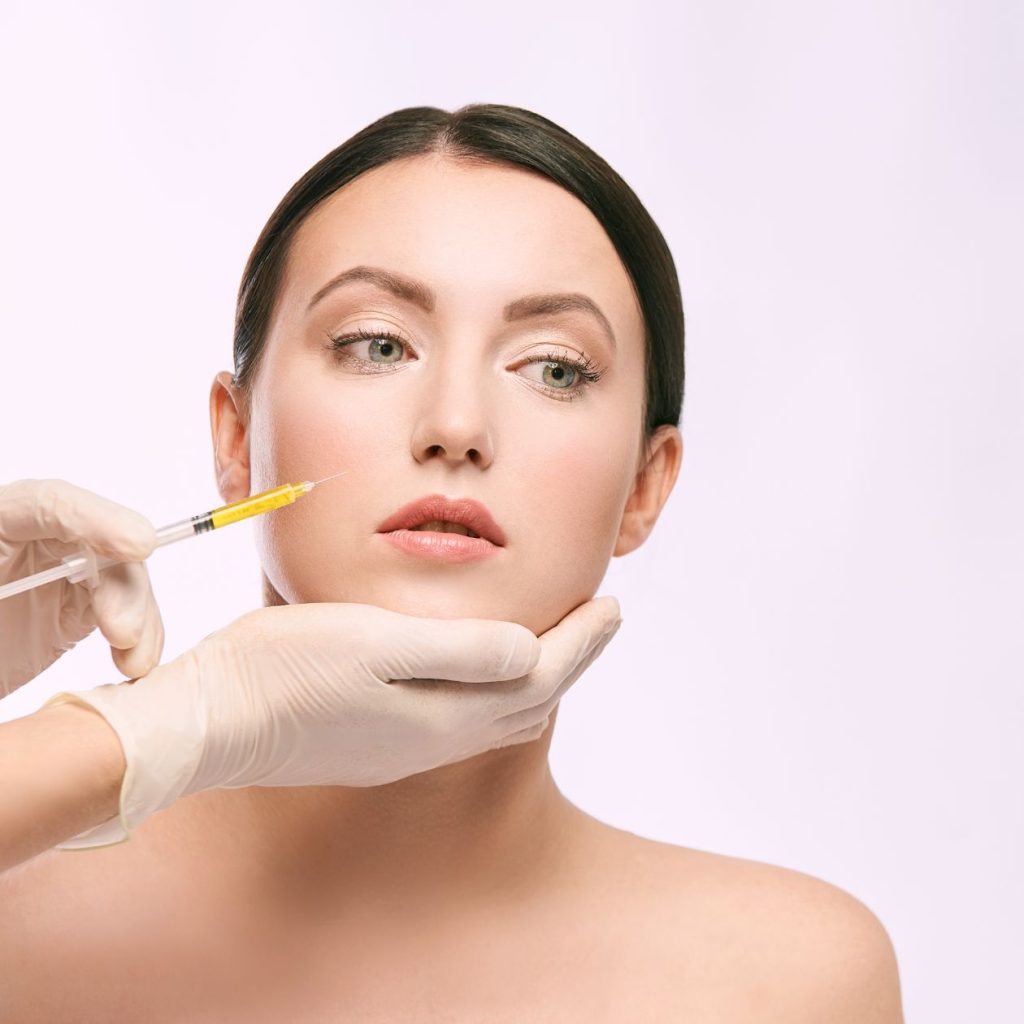
Frequently Asked Questions
PRP stands for Platelet Rich Plasma, which is a treatment that involves using a patient’s own blood to promote healing and rejuvenation in various areas of the body. During the PRP treatment, a small amount of blood is drawn from the patient and then spun in a centrifuge to separate the plasma, which is rich in platelets and growth factors. This platelet-rich plasma is then injected into the targeted area to stimulate the body’s natural healing response.
PRP treatments have been used for a variety of purposes, including hair restoration, skin rejuvenation, and joint pain relief. The platelets and growth factors in the PRP promote collagen production, which helps to improve the appearance of fine lines and wrinkles, enhance skin texture and tone, and stimulate hair growth. PRP treatments are generally considered safe and well-tolerated, as they use the patient’s own blood and do not involve any synthetic or foreign materials. However, as with any medical procedure, there is a small risk of infection or other complications. It’s important to consult with a qualified medical professional to determine if PRP treatment is right for your individual needs and goals.
PRP (Platelet Rich Plasma)The process involves three main steps:
Blood Collection: The first step involves collecting a small sample of the patient’s blood, typically from their arm.
Processing: The blood sample is then processed in a centrifuge, which separates the platelets and plasma from the other components of the blood.
Injection: Once the PRP is prepared, it is injected into the targeted area of the body using a fine needle. The platelets and growth factors in the PRP then stimulate the body’s natural healing response, promoting collagen production and tissue regeneration.
The platelets and growth factors in the PRP work by triggering a cascade of biological processes that help to repair and regenerate damaged tissue. The growth factors in the PRP stimulate the production of new blood vessels and collagen, which helps to improve skin texture and tone and promotes hair growth. In addition, the anti-inflammatory properties of the PRP can help to reduce pain and inflammation in the joints, leading to improved mobility and function.
The duration of PRP (Platelet Rich Plasma) treatment results can vary depending on the specific treatment area and individual factors. The results of PRP treatments can last anywhere from several months to over a year. For hair restoration, the initial results may be seen within 3-6 months after treatment, with further improvement over time. Multiple treatments may be required to achieve optimal results, and maintenance treatments may be necessary to sustain the results. For skin rejuvenation, the results can last up to 12 months or longer, depending on individual factors. Multiple treatments may be necessary to achieve the desired results, and maintenance treatments may be required to sustain the effects. For joint pain relief, the duration of PRP treatment results can vary depending on the severity of the condition and individual factors. Ultimately, the duration of PRP treatment results will depend on various individual factors, and it’s important to consult with a qualified medical professional to determine if PRP treatment is right for your individual needs and goals.
